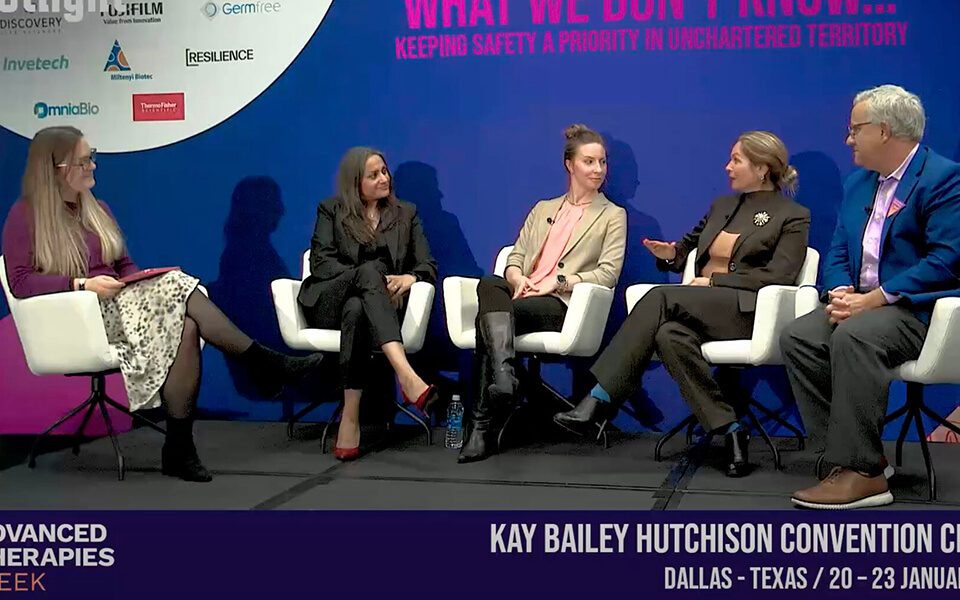The complexity of cell and gene therapies (CGTs) brings significant operational challenges for hospitals and healthcare systems, subsequently, the current levels of patients being treated with CGTs are underwhelming across the board.
The solutions for bettering patient access are multifaceted and will take purposeful industry collaboration and innovation. One solution we’re focused on is around digital infrastructure in hospitals and cell therapy labs and enhancing interoperability across the various digital systems and workflows involved in CGT delivery.
Title21’s Heather Purvis and Ronald Reha discussed just this in a recent webinar (if you missed it, it’s available on demand). These are the key talking points:
- Challenges in cell and gene therapy clinical operations
- Harnessing the power of interoperability
- Evolving needs in the cell therapy industry
- Title 21’s approach
Clinicians and lab staff on the frontlines are experiencing burnout at alarming rates due to the growth of new, paradigm-shifting therapies and the ensuing organizational challenges and workloads. Heather, a highly experienced clinician herself, noted that a huge pain point is the fragmented approach to data integrity and communication across CGT workflows.
“We have information being passed through emails, paper forms, sticky notes – a true lack of standardization that increases the risk of errors and delays.”
This stunted data flow occurs across healthcare institutions worldwide, from the clinical setting to the cell lab and manufacturing. The fact that cell labs tend to be siloed within the hospital system complicates data exchange and hinders a truly patient-centric approach to delivery and care. Understanding these unique challenges and how they relate to one another is essential for developing integrated solutions.
Furthermore, the interoperability of software systems is critical; by facilitating the exchange of information between disparate systems, interoperability can help consolidate data, streamline workflows, and minimize manual, error-prone steps. This, in turn, can alleviate burnout, enhance data integrity, and ultimately improve patient outcomes.
At Title21, interoperability is fundamental to our approach. Through HL7 integration standards and collaborative partnerships with EHR vendors like EPIC, we aim to create vendor-agnostic, yet vendor-enabled solutions. This allows healthcare organizations to leverage their existing technology investments while seamlessly integrating new tools that support the growing and changing CGT needs we see today.
Beyond the technical integration, collaboration with customers and industry partners is critical. This could encompass engaging frontline staff, IT teams, and regulatory bodies to deeply understand their needs and enable us to co-develop solutions. The patient perspective must remain central to product design and implementation.
By breaking down data silos and enabling efficient information exchange, hospitals can streamline their CGT workflows, empower their clinical teams, and ultimately deliver better care to patients.
Investing in interoperable solutions today can help prepare healthcare organizations for the potential of cell and gene therapies tomorrow.
For more in-depth conversation take a look at the on-demand webinar and get in touch with your questions!







